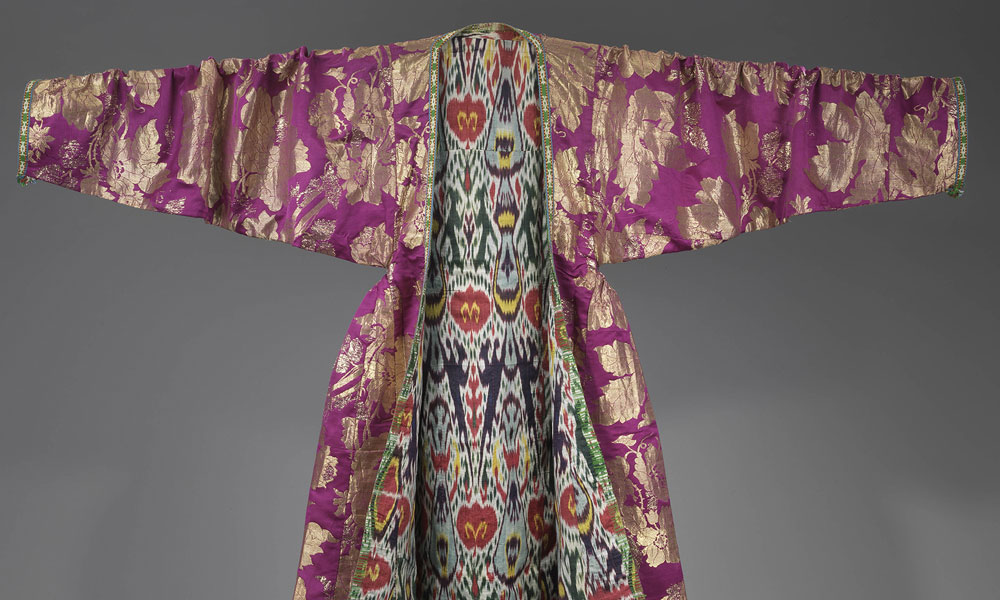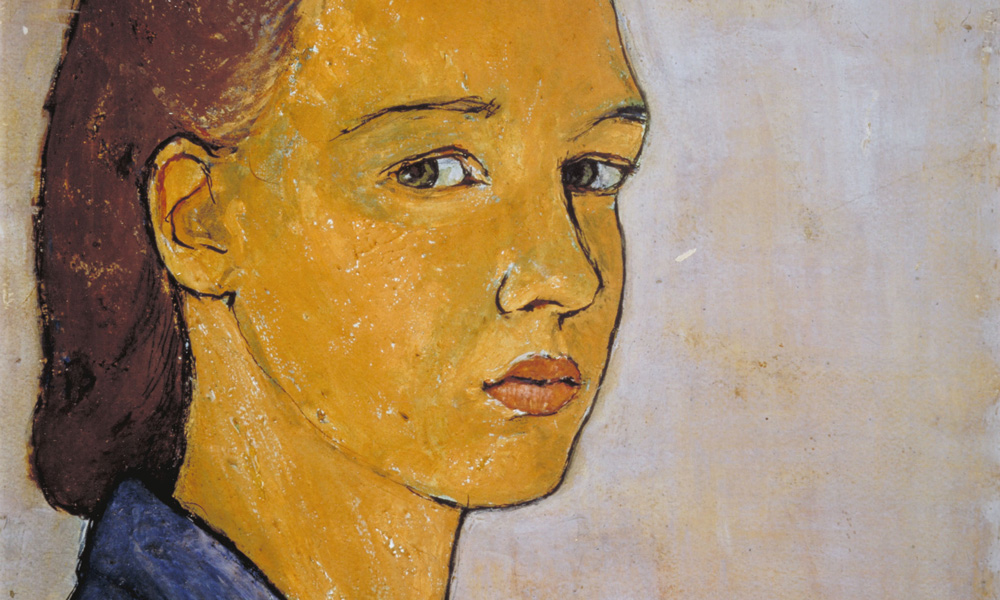An Artist’s Secret, Now Fully Revealed
When Charlotte (called Lotte by her family) was eight years old, her mother died. At the time she was told the cause was influenza—the truth was kept a carefully guarded secret.
A Jewish Artist in Post-Dreyfus Paris
When the 22-year-old Italian Jewish artist Amedeo Modigliani arrived in Paris in 1906, his health was already compromised. He had suffered childhood bouts of pleurisy, had nearly died of typhoid fever at age 11 and had been diagnosed with tuberculosis at 16. In his first years in the City of Light, which was rife with anti-Semitism in the wake of the Dreyfus Affair…
A Rare Peek Into a Renowned Library’s Vault
The extraordinary works in this exhibition are rarely seen, and this is their first time in America.
Visual Moment // Odessa
“To this day I remember, feel, and love this town…I love this town because I grew up in it, was happy, melancholy, and dreamy in it. Passionately and singularly dreamy.”
Reframing Roman Vishniac’s Legacy
Maya Benton was a high school senior living in Los Angeles when the Russian-American photographer Roman Vishniac’s first posthumous book, To Give Them Light, came out in 1993. Renowned for his iconic images of Eastern European Jews taken between the two World Wars, Vishniac had died three years earlier at age 92.
Visual Moment // Moshe Safdie
In 1967 a 29-year-old Israeli-born Canadian architect by the name of Moshe Safdie gained international recognition for his groundbreaking, visionary design for high-quality, affordable urban housing.
Visual Moment // Pink Phones, Midcentury Modernism & More
Did you ever wonder about the origin of the distinctive round thermostat that regulates the temperature in your home? Or how about the pink Princess phone every teenage girl once coveted or those eye-catching images that promoted such films as The Man with the Golden Arm, Anatomy of a Murder or Exodus? All these items, it turns out, are evidence of the vital role that Jewish architects, designers and patrons played in the development and dissemination of modernism in America.
Visual Moment // Chagall’s Orphée
“Marc loved the small-town feeling of Georgetown,” Evelyn wrote. “He liked being able to greet our neighbors and walking to Woolworths to buy postcards and an art-supply store to buy more brushes.” One day he told her that he wanted to “do something for the house,” but later, he said, “No, the house is perfect; I’ll make a mosaic for the garden.”
Visual Moment // “Degenerate” Art
In July 1937 Germany’s National Socialist Party opened an exhibition in Munich it termed “Entartete Kunst,” or “Degenerate Art.” Intentionally housed in cramped, poorly lit conditions and awkwardly hung, the works on view were accompanied by inflammatory, denigrating labels. The exhibition was an open declaration of the Nazis’ state-run war on modern art and the effort to impose their officially sanctioned conception of art through propaganda and force.










